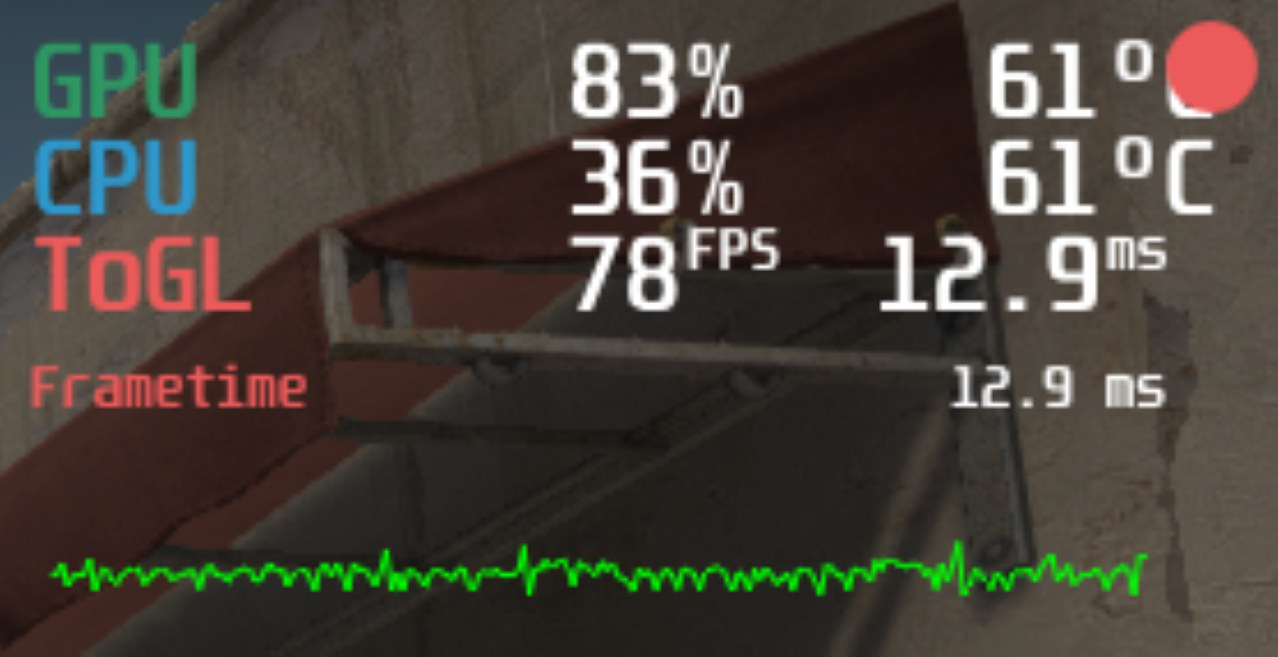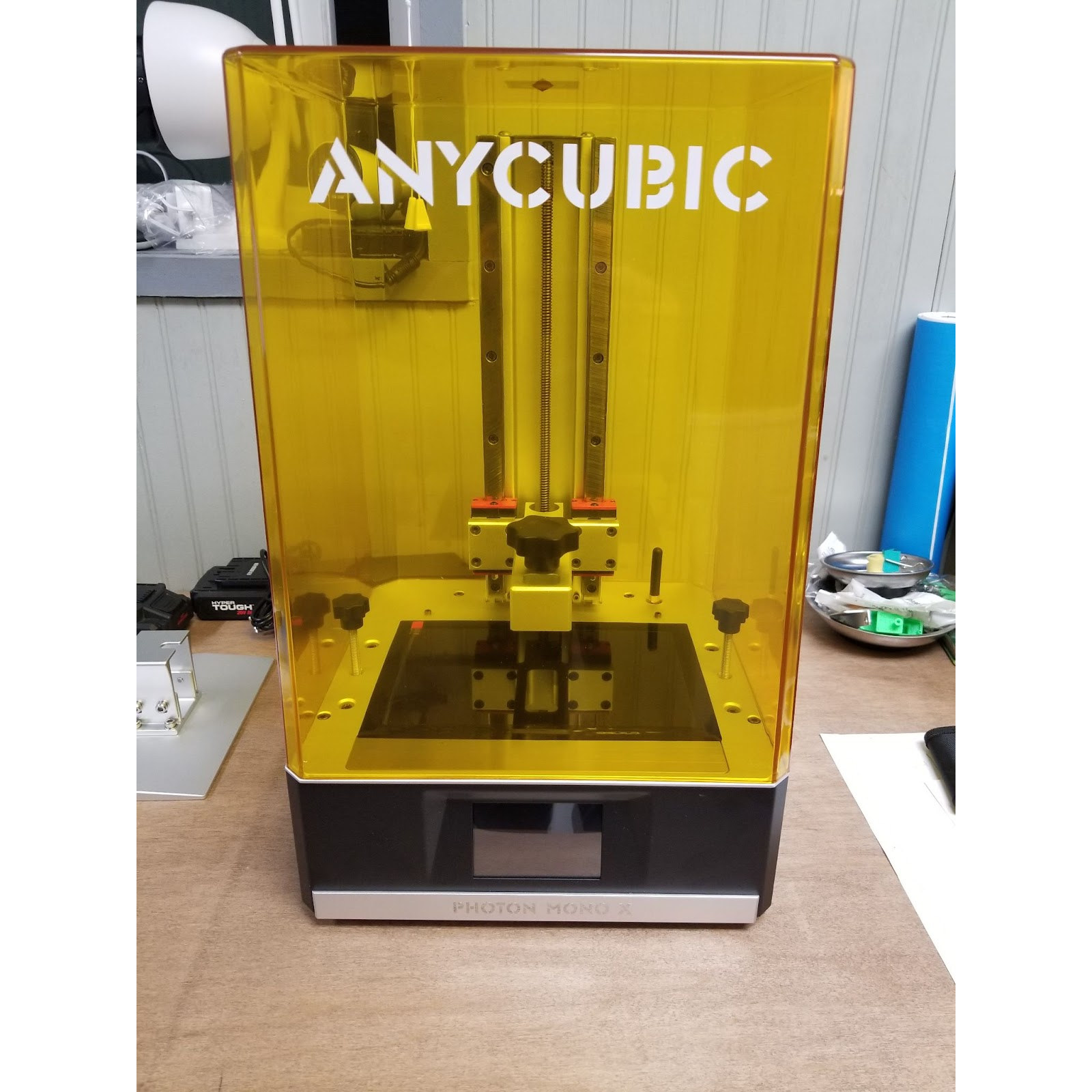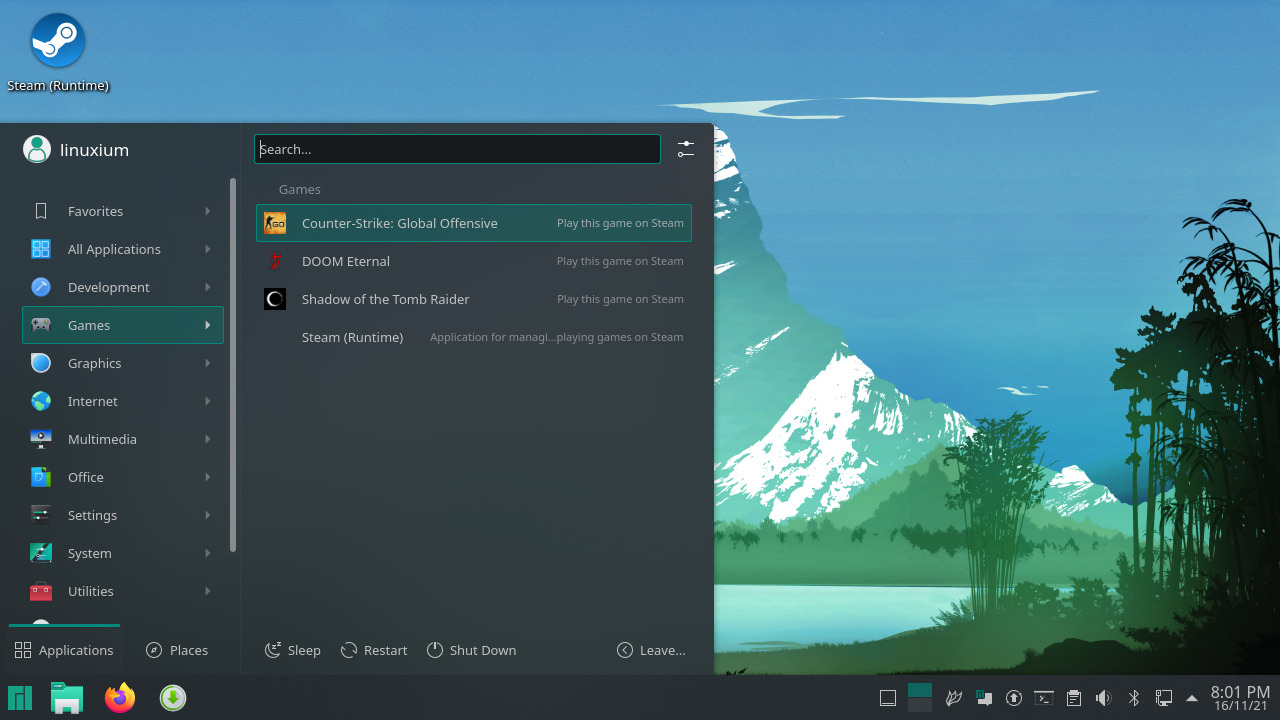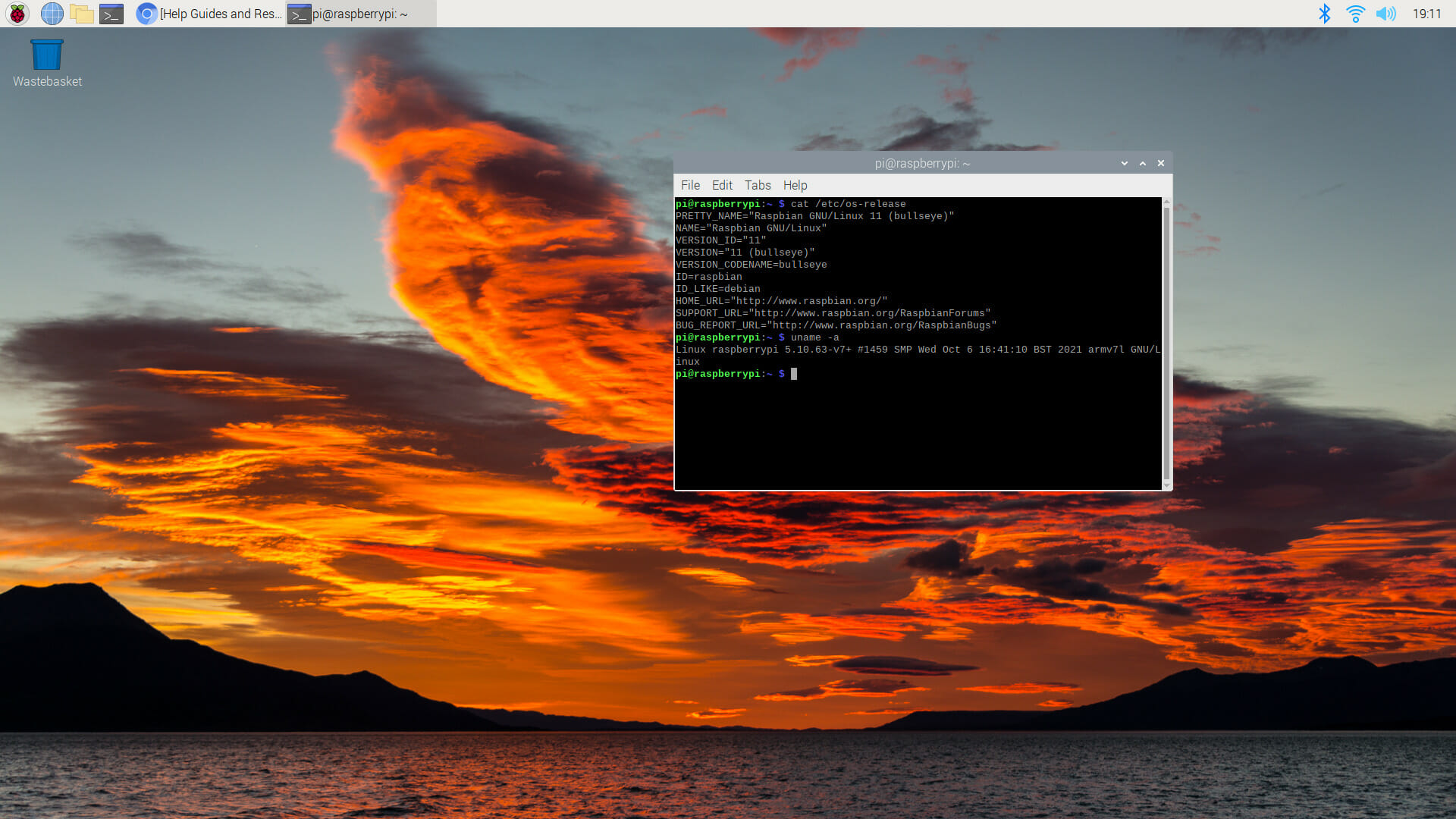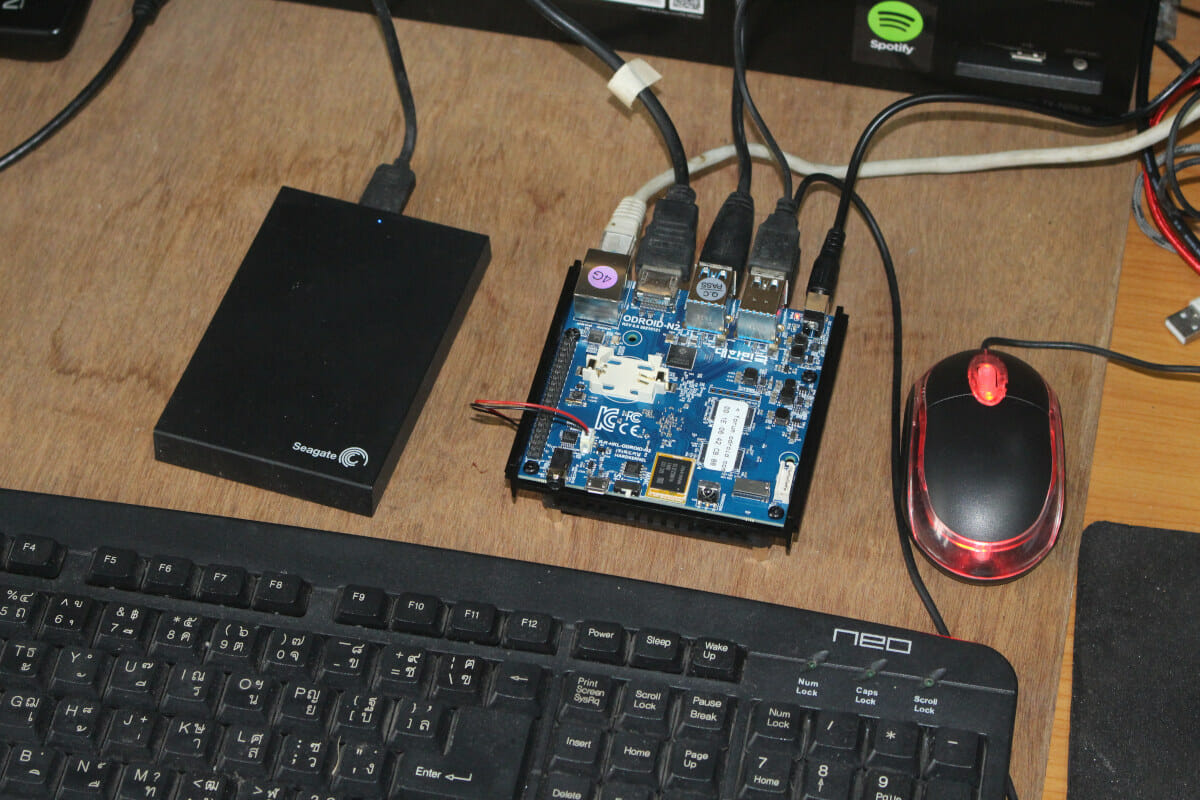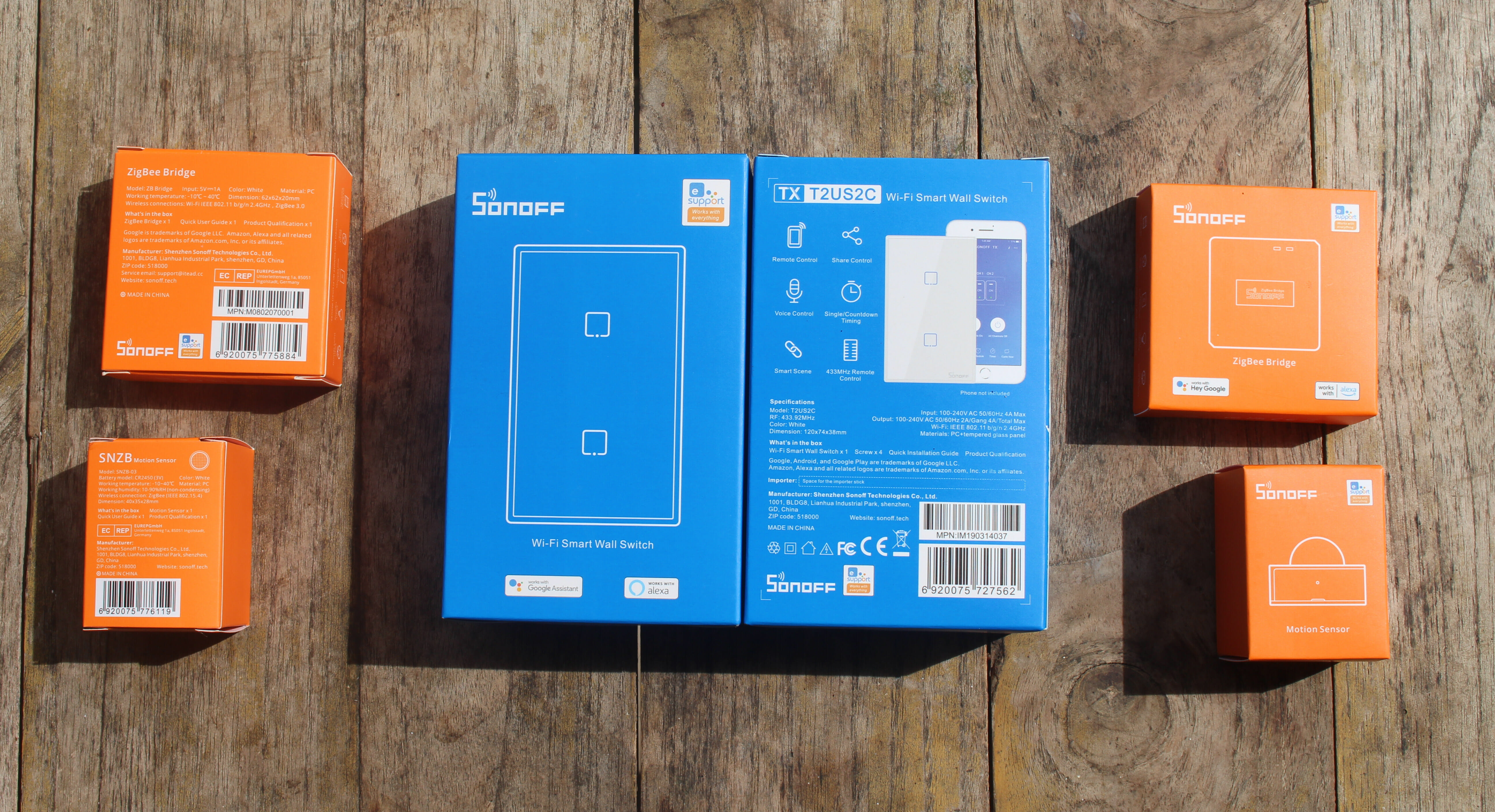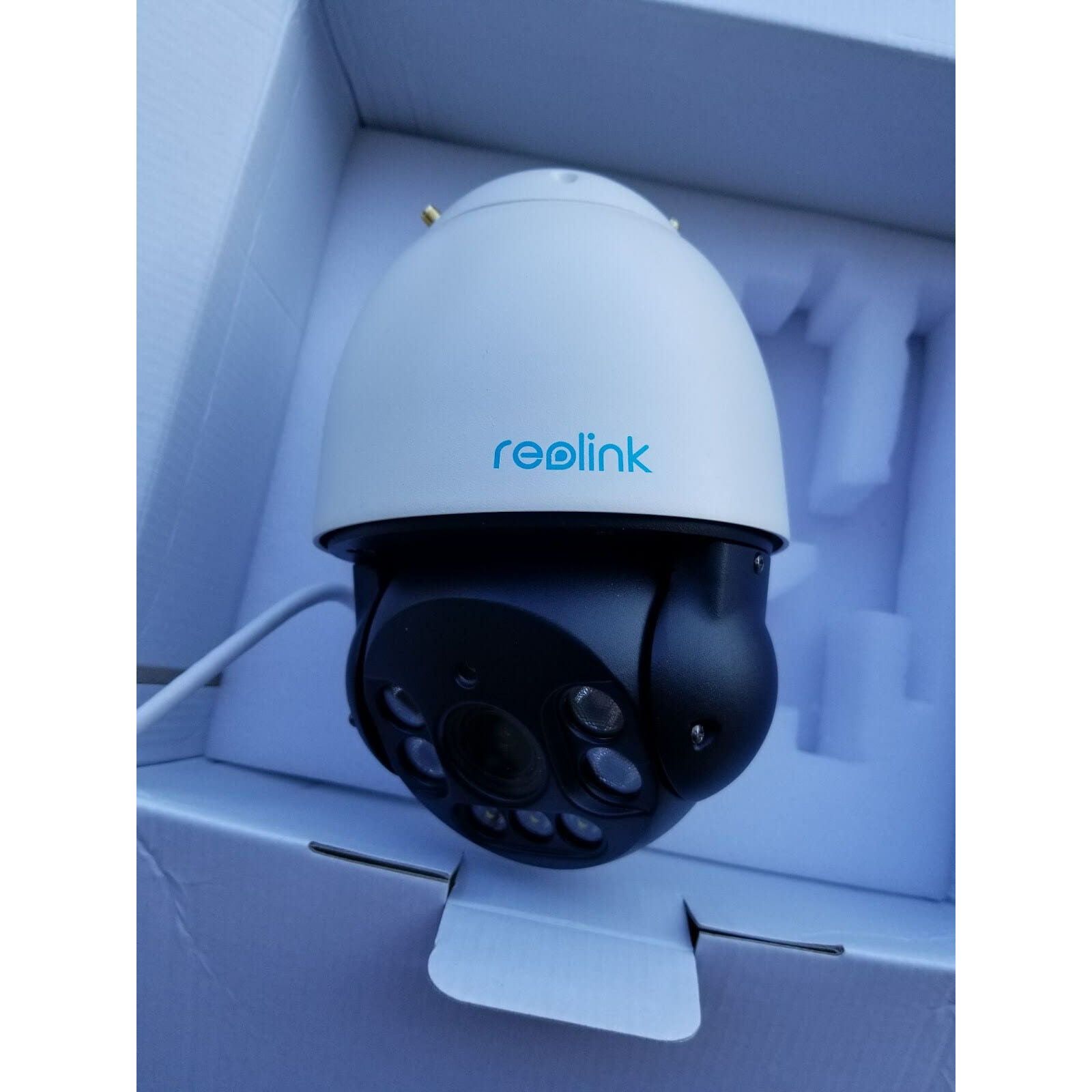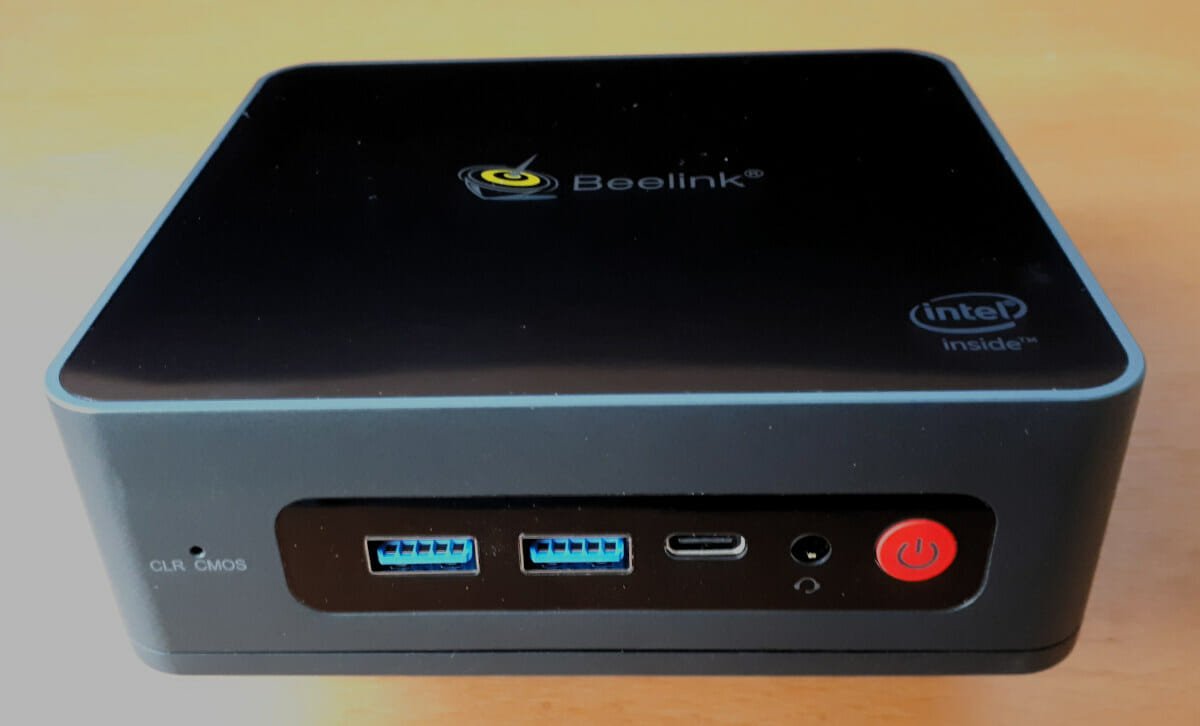Previously I followed Valve’s documentation to build a ‘hackendeck’ using a mini PC to emulate their highly anticipated Steam Deck. Interestingly the ‘hackendeck’ uses a Linux OS, specifically Manjaro, as whilst Valve based their earlier version of Steam OS on Debian, they have now switched to being based on Arch. If the ‘hackendeck’ had just been Steam on Windows then to review gaming performance I’d just use MSI Afterburner. Until now, however, for Linux, I’ve always had to estimate the average FPS as I’ve not been aware of a good reliable equivalent. Fortunately several ‘commenters’ recommended using MangoHud, a Linux open-source Vulkan/OpenGL overlay for monitoring FPS, CPU/GPU usage, and temperatures similar to MSI Afterburner. So now I’ve been able to capture the average frame rate for the games I previously tested and I’ll present them below. MangoHud Installation and configuration The installation of MangoHud was extremely simple. First I installed […]
Photon Mono X resin 3D printer review with Wash and Cure Plus Machine – Unboxing and First Prints
Hey, Karl here. Today we are going to unbox and take a look at Anycubic’s Photon Mono X resin 3D printer and Wash and Cure Plus machine. The Mono X is what I would consider a medium size resin 3D printer that boasts a 192x120x245 build volume. Mono is included in the name because they have changed to a mono screen. They say there are 2 advantages when using a mono screen. 1 the screen lasts longer compared to an RGB screen and 2 it allows more light through allowing for faster prints. I won’t go into much detail as I believe most people are aware of this 3D printing method. In summary, UV reactive resin is cured layer by layer until a model is printed. The typical layer height of .05mm vs a typical .2 layer height for FDM printing allows for high detail printing and the layers are […]
Experiences of configuring and using a ‘hackendeck’ homemade Steam Deck
Valve recently released information about developing for the Steam Deck if you didn’t have a Dev-Kit which is an engineering verification test build (EV2) version of their device. Included in the documentation is a suggestion to build your own Steam Deck, or ‘hackendeck’ using a mini PC. Whilst I didn’t have the exact brand they picture in the article I did have a mini PC with the required specifications so I set about following the instructions to see how it performed. Hardware Overview Valve’s documentation under ‘Performance’ states that ‘if you are really interested in finding a PC for testing that will perform similarly to a Steam Deck … there are a few options out there and then goes on to suggest a mini PC with the following ‘roughly similar specifications to a Steam Deck’: AMD Ryzen 7 3750H Radeon RX Vega 10 Graphics 16GB of DDR4 RAM This exactly […]
Raspberry Pi OS upgraded to Debian 11 “Bullseye”
Debian 11 “Bullseye” was released in August 2021, and I was expecting Raspberry Pi OS to soon get upgraded to the latest version, especially the last time around, in 2019, Raspian Buster was released even before the official Debian 10 “Buster” release, although the reason was Raspberry Pi 4 launch. This time around it took longer, but the good news is that Raspberry Pi OS has just been upgraded to Debian 11, meaning it benefits from the new features such as driverless printing, in-kernel exFAT module, “yescrypt” password hashing, and packages upgraded to more recent versions. The Raspberry Pi Foundation goes into more details about what changed in the new Raspberry Pi OS release with GTK+3 user interface toolkit, Mutter window manager replacing OpenBox in boards with 2GB RAM or more, new KMS video and camera drivers, and more. Raspberry Pi OS “BullsEye” can be downloaded from the usual place, […]
ODROID-N2+ review with Ubuntu 21.10 using Wayland and Panfrost
ODROID-N2+ was launched in July 2020, but I only got the Amlogic S922X Rev C SBC recently with Hardkernel wanting me to test their latest Ubuntu 21.10 image with the Panfrost open-source GPU driver. ODROID-N2+ Kit Unboxing Let’s start by checking out the kit I received from the Korean SBC manufacturer. The package includes ODROID-N2+ single board computer fitted with a 32GB eMMC flash module, a 12V/2A power supply with an EU plug adapter, an 80mm fan kit, and a USB 3.0 to eMMC reader. ODROID-N2+ is now only available with 4GB RAM, as the old ODROID-N2 with 2GB was deprecated, and we get four USB 3.0 ports, HDMI 2.0 video output, Gigabit Ethernet networking, and a 40-pin GPIO header with the board cooled by a larger heatsink attached to the bottom of the board. Fan installation, first boot, and system information As we’ll see below the fan is not […]
Playing with Sonoff Zigbee & WiFi automation – Part 1: Hardware overview
I don’t think I’ve ever used Zigbee, but I’ll soon have the opportunity as ITEAD sent me the Sonoff ZBBridge gateway, a Sonoff T2 2-gang WiFi switch as well as a Zigbee motion sensor. I had reviewed several Sonoff devices in the past, but it had been over three years that I hadn’t. ITEAD recently contacted me basically telling me I could select whatever I wanted from their product list for a review on CNX Software. Since I had reviewed several of the company’s WiFi smart sockets, smart switches, and a light bulb, I had less to play with, and then I thought it might be fun to play with Sonoff Zigbee products. But I did not own any Zigbee hardware, so I had to think about a use case. I have a small annoyance in the house I rent. When we come back at night, we have to leave […]
Reolink RLC-523WA & RLC-823A Review – Smart security cameras tested with Blue Iris
Hello, Karl here with a security camera review. I’ll start out by thanking Reolink for sending over two cameras to review: RLC-523WA (WiFi) & RLC-823A (PoE). I already had a couple of cameras from Reolink that my buddy had recommended a long time ago. And had a positive experience so I agreed to review these higher-end models. My setup with Blue Iris, unRAID I have been running unRAID for quite a while now to simplify my server requirements. I was running several small SBC’s and a standalone NAS drive and consolidated them onto my main rig. AMD has pushed desktop core counts with their Ryzen CPUs and I have cores to spare. I started with a 3700x giving 2 cores to applications leaving me with 6 cores for my VM’s but recently upgraded to a 3900x. I now give 3 to applications and 9 cores for my VM’s. I started […]
Beelink U59 Review – Windows 11, Ubuntu on a Jasper Lake mini PC
Coupling a German submarine with a North American lake seems a perfect match in this topsy-turvy supply-constrained COVID-19 broken world we find ourselves in but that’s just what Beelink has figuratively done by launching their new Intel Jasper Lake mini PC, the U59. Beelink kindly sent one for review and I’ve looked at performance running both Windows 11 and Ubuntu 20.04. Beelink U59 Hardware Overview The Beelink U59 physically consists of a 124 x 113 x 42mm (4.88 x 4.45 x 1.65 inches) square plastic case. As an actively cooled mini PC, it uses Intel’s new 10 nm Jasper Lake N5095 processor which is a quad-core 4-thread 2.00 GHz Celeron processor boosting to 2.90 GHz with Intel’s UHD Graphics. The front panel has an illuminated power button, dual USB 3.1 ports, a Type-C USB 3.0 port with DisplayPort Alternate Mode, a 3.5mm headphone jack, and a reset pin-hole ‘CLR CMOS’. […]


